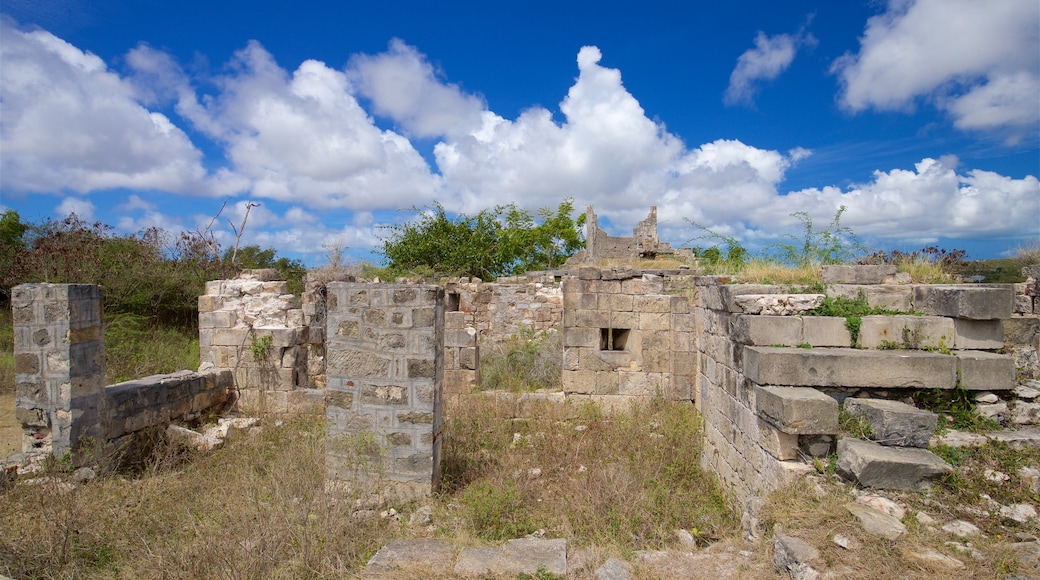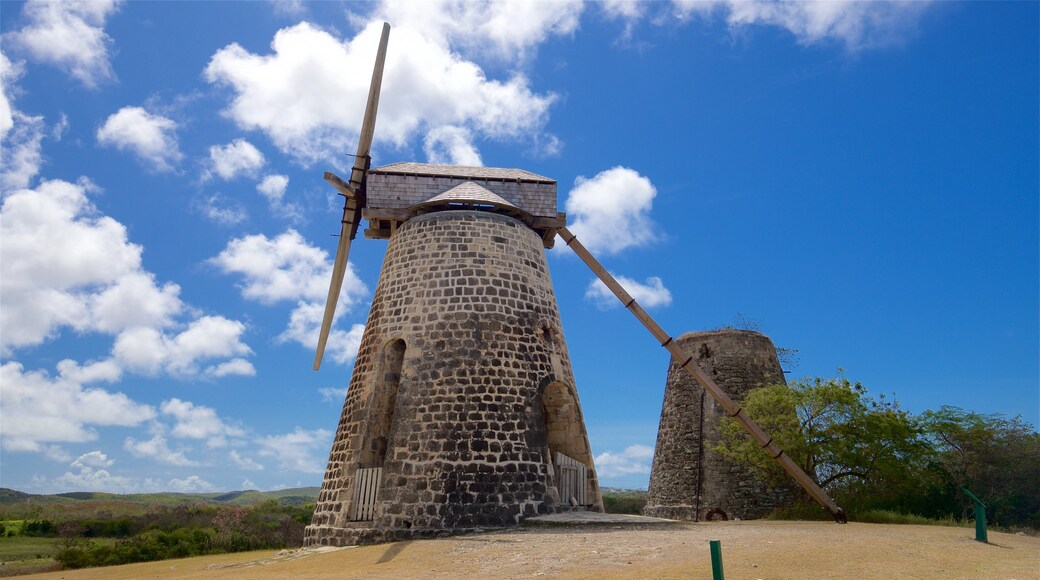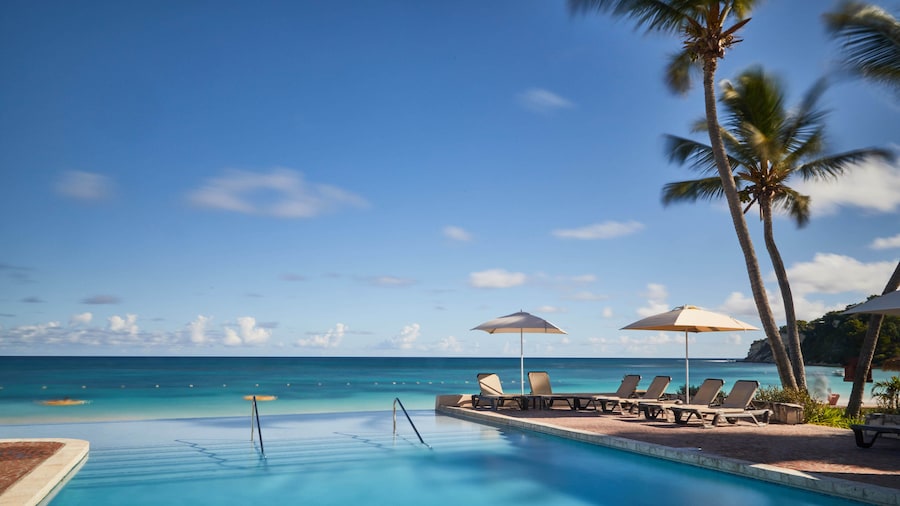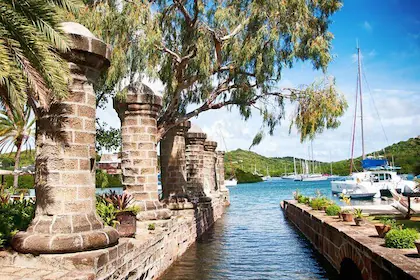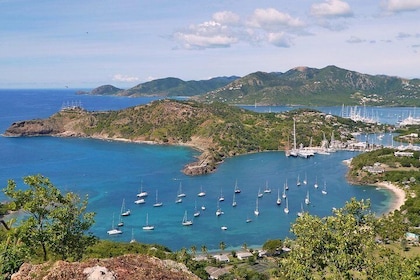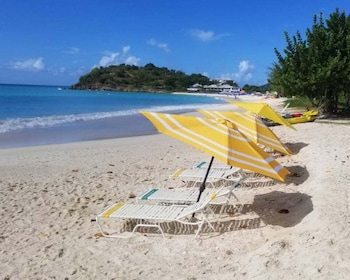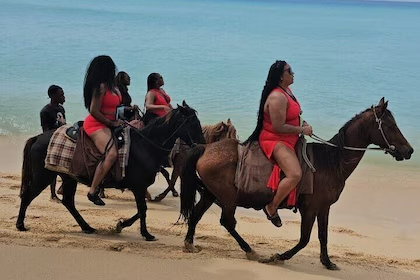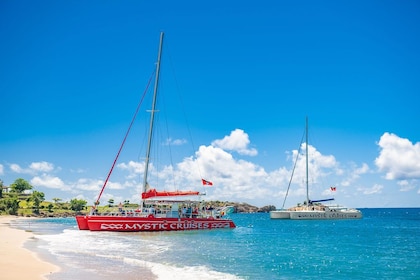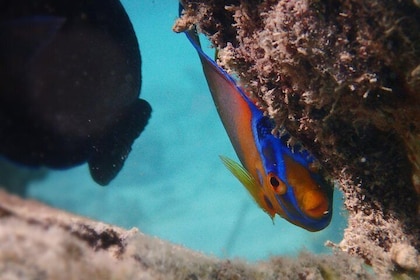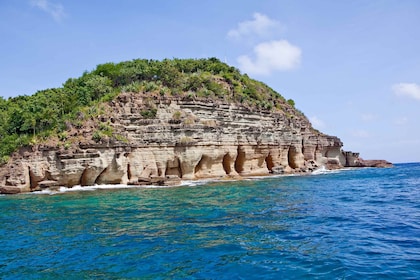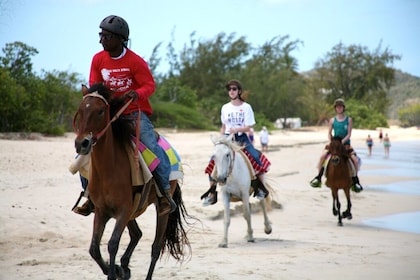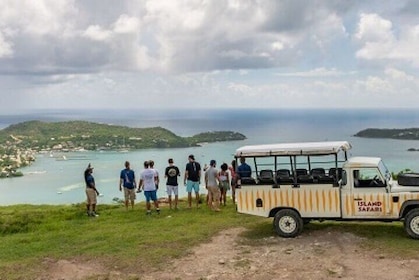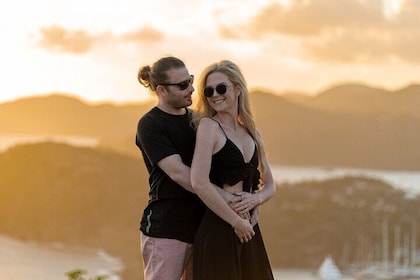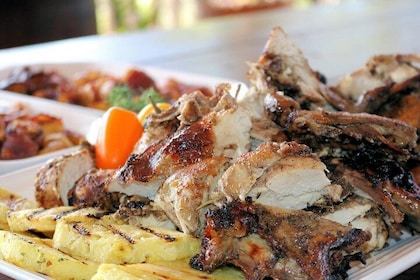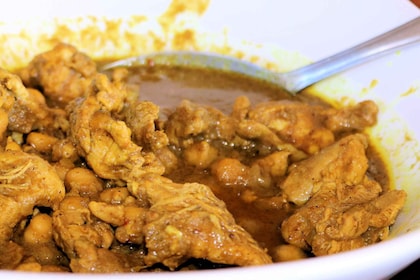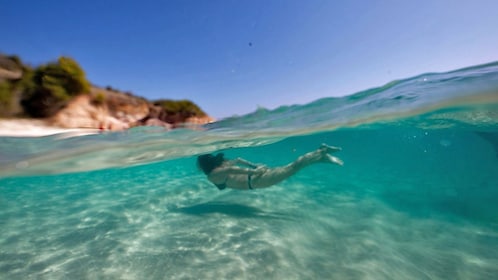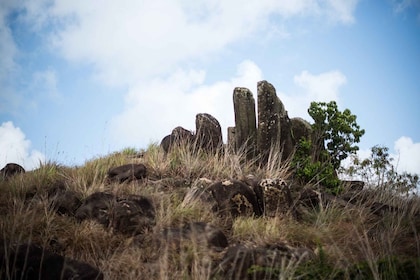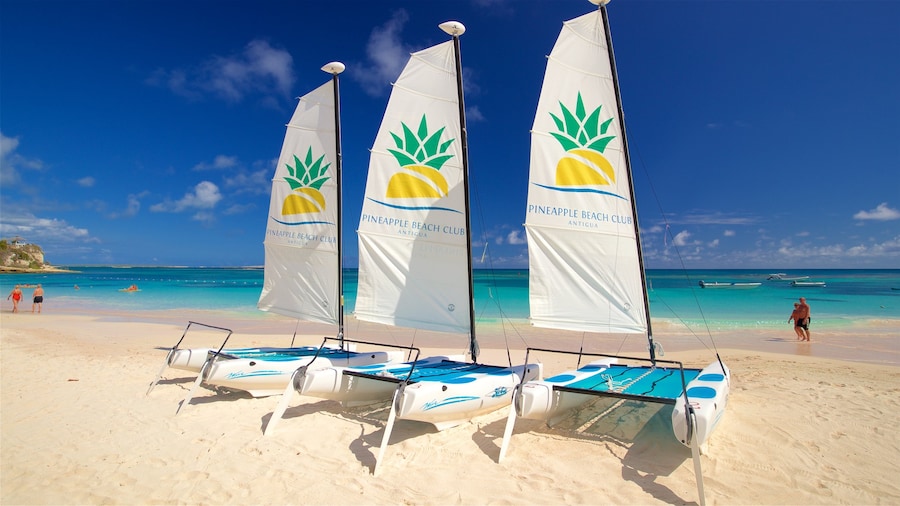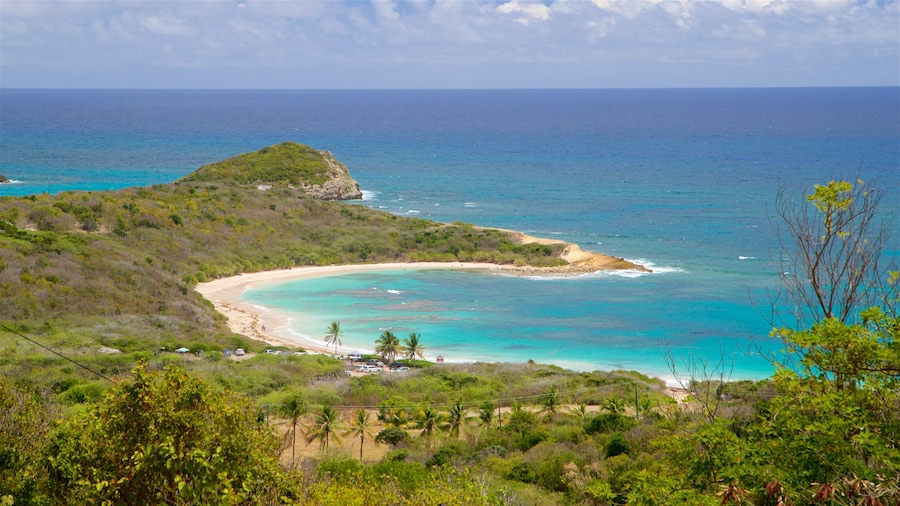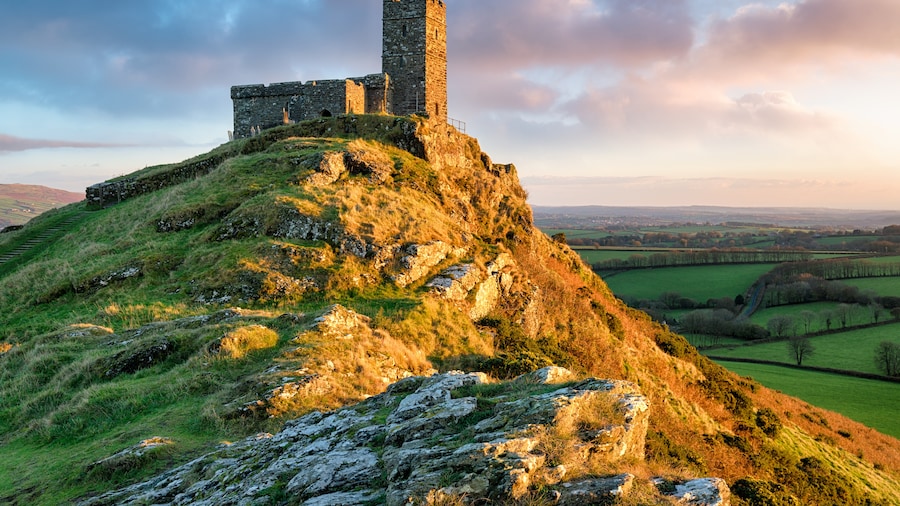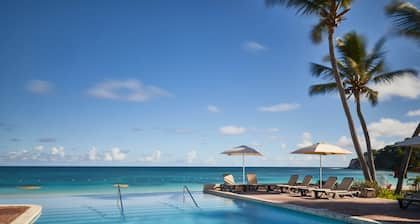Betty’s Hope Sugar Plantation was once the largest plantation in Antigua. Visit and see some of its buildings carefully restored to close to their former condition. Learn about the history of the plantation and Antigua’s sugar boom. Most importantly, gain a deeper understanding of the horror of the slavery that once powered this plantation and others like it.
Find out about the origins of Betty’s Hope at the on-site visitor center. The plantation was built by Christopher Keynell, a former governor of Antigua, who was born in England. It was given its unusual name by the next owner, another Englishman, this time an aristocrat named Sir Christopher Codrington. He named the plantation after his daughter, Betty.
View fascinating exhibits that chronicle the development of Betty’s Hope, which was the island’s leading plantation for about three centuries. See scale models and architectural plans that show how the site was once laid out.
Outside, wander around the plantation and try to imagine it as it would have looked in the early 19th century. This was a time when Antigua was flourishing economically due to the huge demand for sugar produced at plantations like this one. However, while the white landowners enjoyed lavish lifestyles, the black slaves who kept the plantations running endured terrible conditions. Betty’s Hope stands as a testament to their suffering.
Visit the two windmills that were once the heart of the plantation. One has been nicely restored. The power of these large stone structures remains clear today. Allow time to wander the ruins of the stillhouse. The remains are incomplete, but do give a sense of the size and layout of this important part of the plantation, where alcohol was produced.
Find Betty’s Hope Sugar Plantation set amid the quiet countryside, close to the little village of Pares. Drive here in less than 30 minutes from St. John’s, the capital of Antigua and Barbuda. The visitor center is open all through the week and there is an entry fee.


